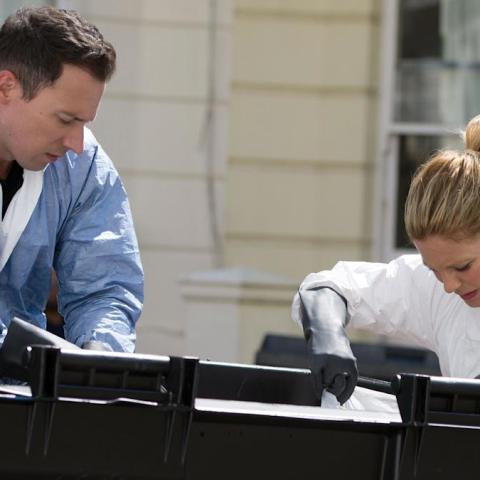Mars has long fascinated space enthusiasts, and recent discoveries have added a new layer of excitement—and concern. Scientists are now warning that the planet’s dust devils might pose risks that go beyond what we previously understood. These swirling storms, which we often see on Earth, could impact future missions to the Red Planet.
In 2021, NASA’s Perseverance rover picked up some mysterious sounds during a dust devil event. Researchers now think these sounds indicate electrical activity within the dust devils. This insight raises important questions about the behavior of these storms and their possible dangers.
What Are Dust Devils, Anyway?
Dust devils on Mars form when the sun heats the ground, causing air to spiral upward. Unlike on Earth, where dust devils are usually harmless, the thin Martian atmosphere allows these dust devils to last longer and become stronger. This increased intensity raises the likelihood that they can generate electrical discharges.
Shocking Insights About Electrical Activity
The strange sounds recorded by Perseverance turned out to be linked to electromagnetic activity. A research team led by Baptiste Chide at the Institute of Research in Astrophysics and Planetology found that these sounds came from electrostatic discharges within the dust devil. Think of these as miniature lightning strikes. On Mars, with its unique environment, the electrical phenomena in these dust devils could be more powerful and frequent than what we observe on Earth.
Why Do These Discharges Happen?
As a dust devil spins, it collects particles that carry electrical charges. Larger particles often become positively charged, while smaller ones gain a negative charge. This process creates an electric field that can discharge, akin to how lightning forms on Earth. The thin atmosphere on Mars helps these dust devils accumulate significant electrical charge, which could lead to more potent electrical bursts.
A Challenge for Rovers
For rovers like Perseverance, these discharges are a significant concern. The delicate electronics in these machines are crucial for their operation. A sudden discharge could render the rover inoperative. While these vehicles are built to endure tough Martian conditions, the unpredictability of dust devil electrical activity could shorten their operational life. Future mission plans will need to factor in this new risk.
Impact on Human Exploration
Dust devils don’t just pose problems for robots—they also affect plans for human exploration. NASA and other space agencies are gearing up for potential human missions to Mars. They must consider the electrical dangers that dust devils might create, particularly regarding critical systems like life support and communication.
Understanding how to deal with the risks from Martian dust devils will be crucial for the safety of astronauts. As scientists continue to study this phenomenon, the findings will help shape the future of crewed missions to the Red Planet.
In summary, Mars’s dust devils may be more than just natural wonders; they could be hidden hazards waiting to challenge our quest for exploration. As we learn more, we gain not just knowledge, but also the tools needed to conquer the unknown.
For further insights into Mars exploration and the challenges faced, check out NASA’s official Mars Exploration page.


















